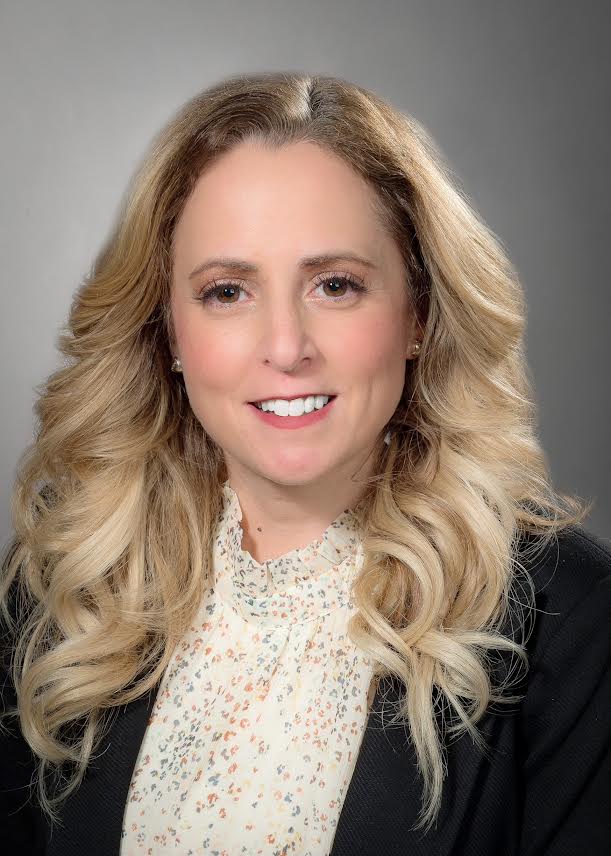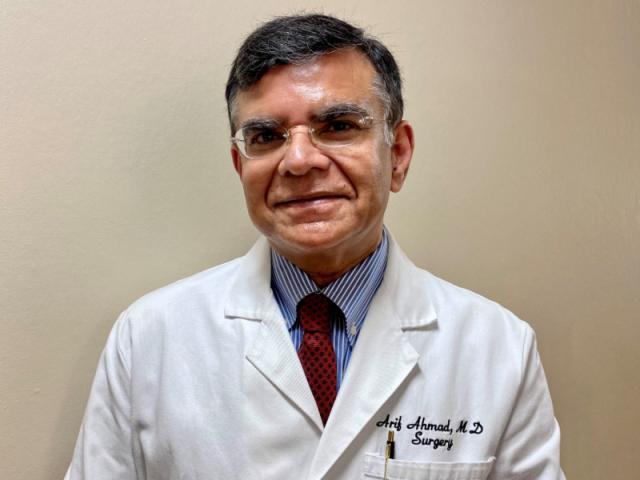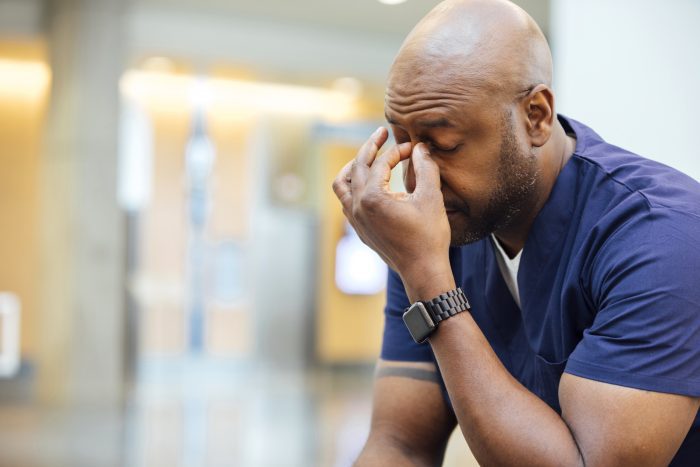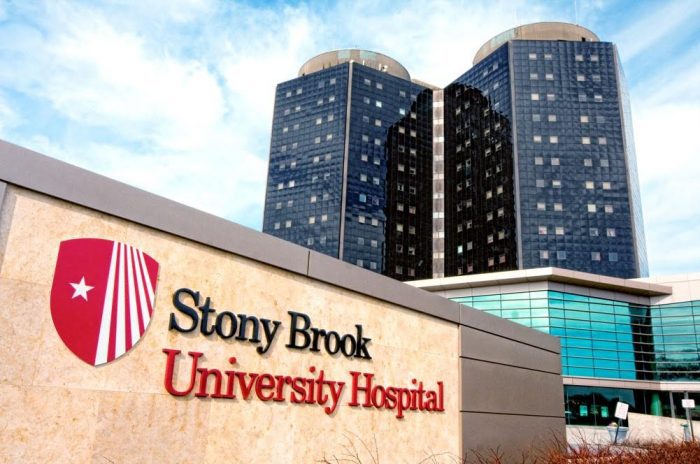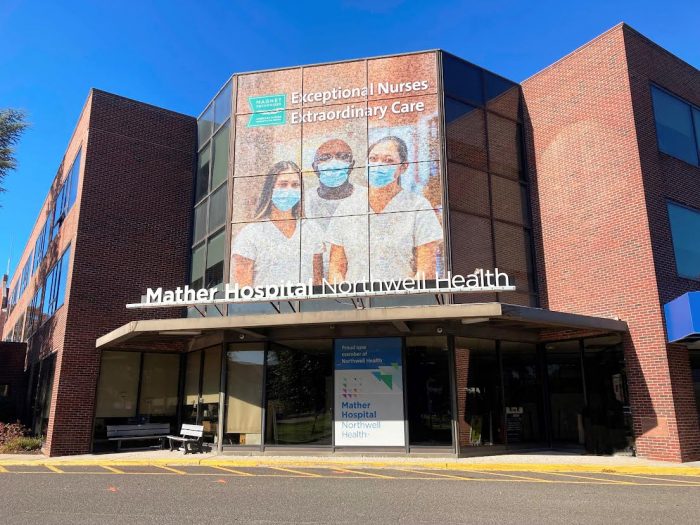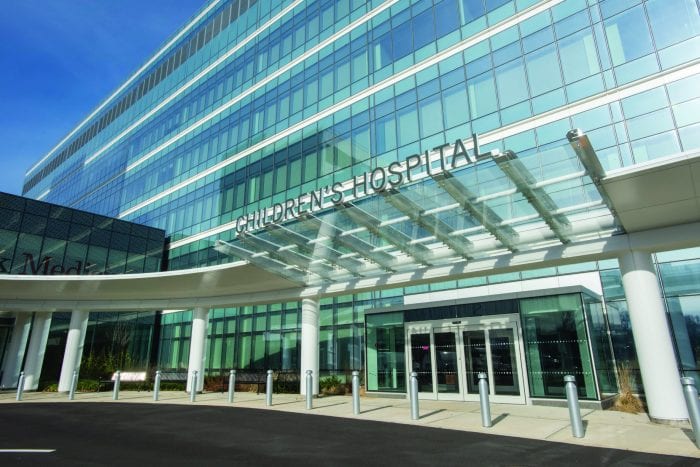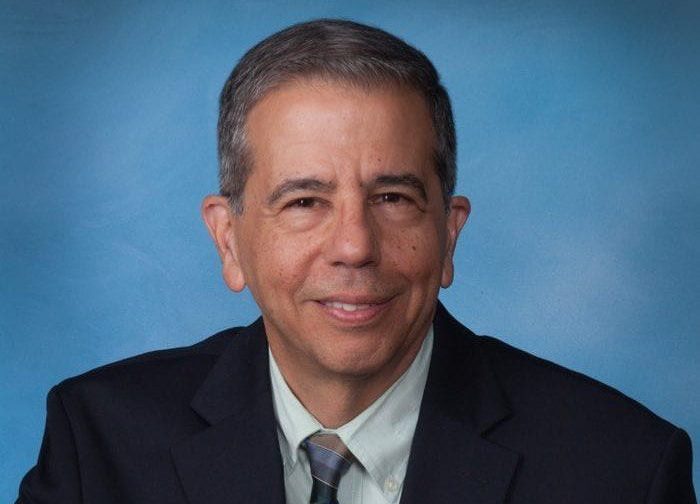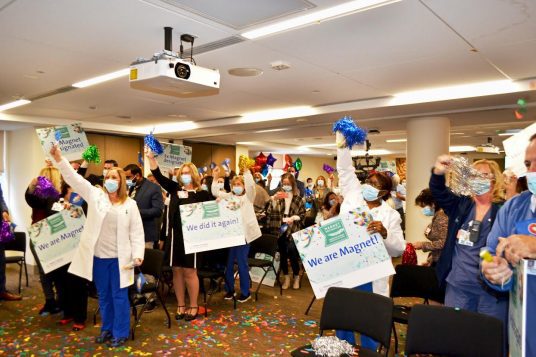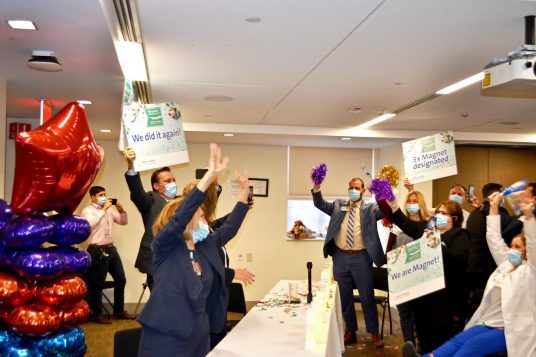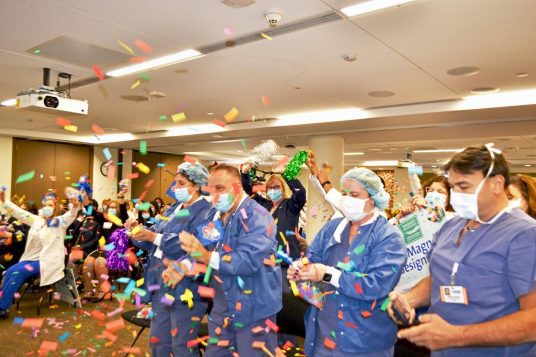Port Jefferson’s Mather Hospital is one of America’s 250 Best Hospitals for 2023, according to new research released by Healthgrades, the leading marketplace connecting doctors and patients. This achievement puts Mather Hospital in the top five percent of hospitals nationwide for overall clinical performance across the most common conditions and procedures.
“We are honored by this major recognition by Healthgrades of Mather Hospital’s record of clinical excellence” said Mather Hospital Executive Director Kevin McGeachy. “Given the challenges of the last few years due to the COVID-19 pandemic, distinctions such as these demonstrate our ongoing commitment to quality patient care.”
Mather Hospital also received the 2023 America’s 100 Best Hospitals for Gastrointestinal Surgery Award™, the 2023 Gastrointestinal Care Excellence Award™, the 2023 Gastrointestinal Surgery Excellence Award™, the 2023 Critical Care Excellence Award™. Mather Hospital also received the Pulmonary Care Excellence Award™ for an 8th consecutive year (2016-2023) and the Bariatric Surgery Excellence Award™ for a fifth year in a row (2019-2023). In 2022, Mather Hospital was also recognized with the Outstanding Patient Experience Award™ and was among the Top 5 percent of hospitals in the nation for patient experience.
Healthgrades evaluated patient mortality and complication rates for 31 of the most common conditions and procedures at nearly 4,500 hospitals across the country to identify the top-performing hospitals. This year’s analysis revealed significant variation between America’s Best 250 Hospitals and hospitals that did not receive the distinction. In fact, if all hospitals performed similarly to America’s 250 Best, over 160,000 lives could have been saved.* Patients treated at one of the 2023 America’s 250 Best Hospitals have, on average, a 28.7 percent lower risk of dying than if they were treated at a hospital that did not receive the America’s 250 Best Hospitals award.*
Mather Hospital also ranks third in gastrointestinal surgery and fourth for critical care in New York according to a new analysis released by Healthgrades. Mather also received the 2023 America’s 100 Best Hospitals for Gastrointestinal Surgery Award™ and the Critical Care Excellence Award™. To determine this year’s State Ranking recipients, Healthgrades evaluated clinical performance for nearly 4,500 hospitals nationwide focusing on 18 key specialties across a mix of chronic, urgent, and surgical specialty areas.
“Excellence in health care and patient safety are built into the culture at Mather Hospital,” said Chief Medical Officer and Senior VP Joan Faro, MD. “All team members are focused on supporting the practices of a highly reliable organization to achieve our goals. I congratulate our physicians, nurses and all our team members for this prestigious award.”
Mather in 2022 received its third Magnet® Recognition for quality patient care and nursing excellence and was one of only 29 hospitals nationwide to receive the Emergency Nurses Association Lantern Award for demonstrating exceptional and innovative performance in leadership, practice, education, advocacy, and research. Mather also received a gold-level Beacon Award for Excellence for its Critical Care team from the American Association of Critical-Care Nurses.
“We’re proud to recognize Mather Hospital as one of America’s 250 Best Hospitals for 2023,” said Brad Bowman MD, Chief Medical Officer and Head of Data Science at Healthgrades. “As one of America’s 250 Best Hospitals, Mather Hospital consistently delivers better-than-expected outcomes for the patients in their community and is setting a high national standard for clinical excellence.”
Visit Healthgrades.com/quality/americas-best-hospitals for an in-depth look at Mather Hospital’s performance and profile to explore the highest quality care in Port Jefferson today. Consumers can also visit Healthgrades.com for more information on how Healthgrades measures hospital quality, and access the complete methodology here. A patient-friendly overview of the complete methodology is available here.
*Statistics are based on Healthgrades analysis of MedPAR data for years 2019 through 2021 and represent three-year estimates for Medicare patients only.
# # #
About Mather Hospital
Mather Hospital is an accredited 248-bed, non-profit community teaching hospital dedicated to providing a wide spectrum of high-quality health care services to Suffolk County residents, showing compassion, respect and treating each patient in the manner we would wish for our loved ones. Mather has earned the prestigious Magnet® recognition from the American Nurses Credentialing Center, which recognizes healthcare organizations for quality patient care, nursing excellence and innovations in professional nursing practice. Our Graduate Medical Education program prepares physicians for future careers through Internal Medicine, Transitional Year, Diagnostic Radiology, Interventional Radiology, and Psychiatry residency programs and gastroenterology and hematology/oncology fellowships. Mather was
rated high performing by U.S. News & World Report hospital rankings in heart failure, geriatrics, kidney failure, orthopedics, hip fracture, COPD, and urology. For information about Mather Hospital, visit matherhospital.org or follow us @MatherHospital on Facebook.
About Northwell Health
Northwell Health is New York State’s largest health care provider and private employer, with 21 hospitals, about 900 outpatient facilities and more than 12,000 affiliated physicians. We care for over two million people annually in the New York metro area and beyond, thanks to philanthropic support from our communities. Our 83,000 employees – 18,900 nurses and 4,900 employed doctors, including members of Northwell Health Physician Partners – are working to change health care for the better. We’re making breakthroughs in medicine at the Feinstein Institutes for Medical Research. We’re training the next generation of medical professionals at the visionary Donald and Barbara Zucker School of Medicine at Hofstra/Northwell and the Hofstra Northwell School of Nursing and Physician Assistant Studies. For information on our more than 100 medical specialties, visit Northwell.edu and follow us @NorthwellHealth on Facebook, Twitter, Instagram and LinkedIn.
About Healthgrades
Healthgrades is dedicated to empowering stronger and more meaningful connections between patients and their healthcare providers. As the #1 platform for finding a doctor and a leader in healthcare transparency, we help millions of consumers each month find and schedule appointments with their healthcare professional of choice and prepare for their appointments with best-in-class, treatment-focused content.
Our health system, large group practice, and life sciences marketing solutions have been helping our partners reach and engage consumers who are on their way to the doctor for over 20 years.
Healthgrades is part of RVO Health, a partnership between Red Ventures and Optum, part of UnitedHealth Group. RVO Health has the largest consumer health and wellness audience online across its brand portfolio including Healthgrades, Healthline, Medical News Today, Greatist, Psych Central, Bezzy and Platejoy which touch every part of the health and wellness journey. Each month, RVO Health helps more than 100 million unique visitors live their strongest and healthiest lives.

